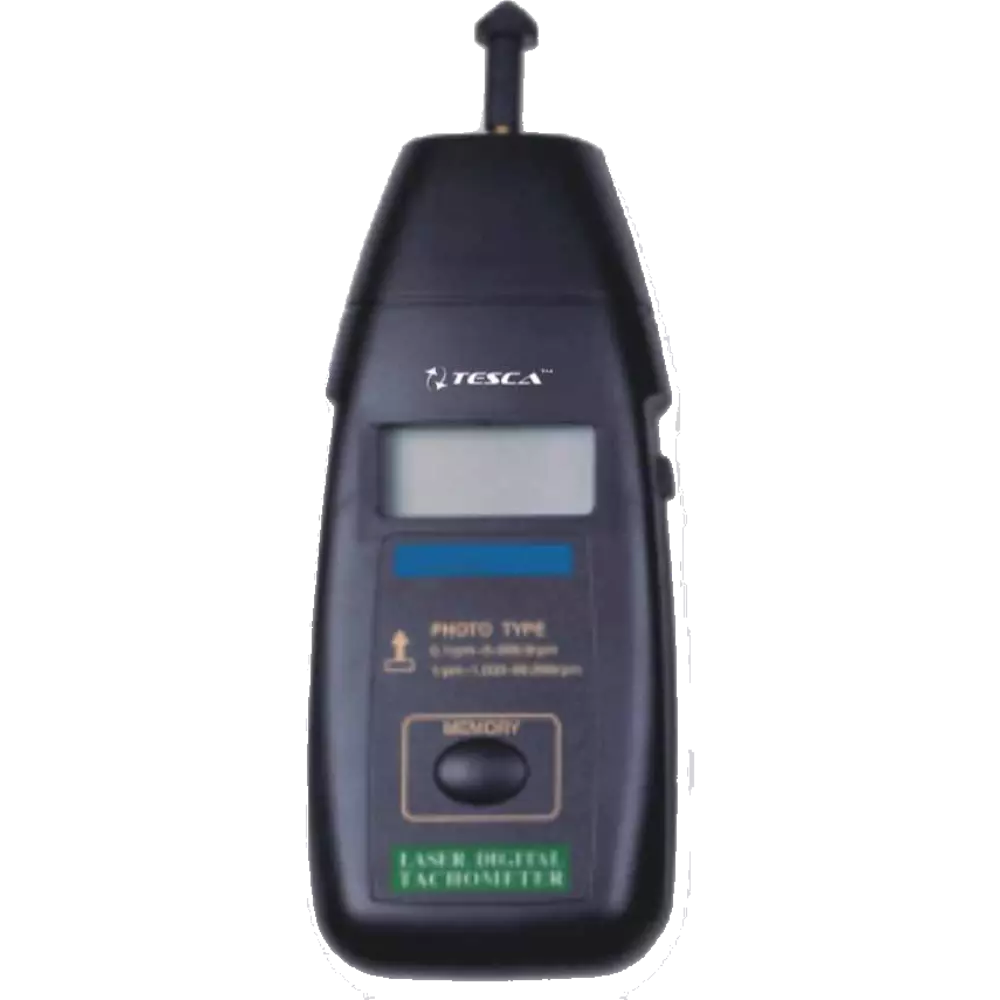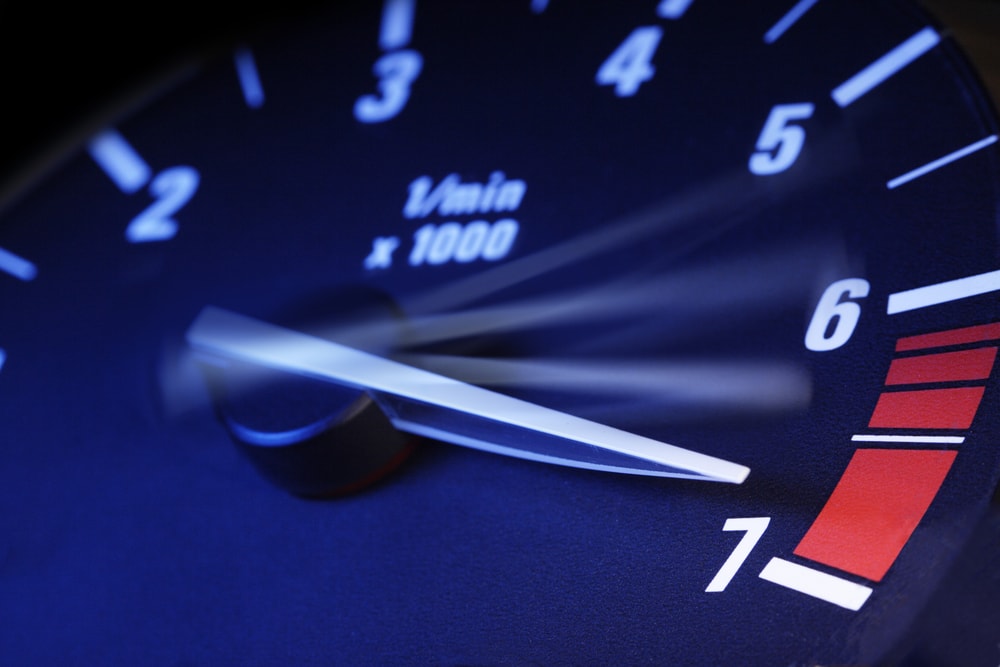How to Choose the Right Tachometer for Your Automobile or Motorbike
How to Choose the Right Tachometer for Your Automobile or Motorbike
Blog Article
The Significance of a Tachometer in Checking Engine Speed and Efficiency in Automotive Applications
In the realm of auto engineering, the tachometer stands as an essential instrument in the driver's toolbox, supplying a direct window right into the inner functions of an automobile's engine. Beyond its feature as a plain gauge of transformations per min (RPM), the tachometer functions as a critical tool for enthusiasts and professionals alike, providing real-time insights right into engine performance and health. Recognizing the significance of this gadget goes past surface-level observations, delving into the elaborate partnership in between engine speed, power outcome, and general driving experience. As we discover the multifaceted role of the tachometer in auto applications, a much deeper gratitude for its influence on lorry characteristics and efficiency begins to emerge.
Relevance of Monitoring Engine RPM
Keeping track of engine RPM, or transformations per min, is an essential facet of auto upkeep and efficiency examination. Engine RPM directly correlates with the speed at which the engine's crankshaft rotates, showing just how promptly the engine is running - tachometer. By keeping an eye on RPM, auto mechanics can examine the health of the engine, detect potential concerns, and fine-tune efficiency. An irregular RPM reading may signify troubles such as engine misfires, malfunctioning ignition system, or problems with the fuel distribution system. Continually high RPM readings can show aggressive driving habits or the demand for a greater gear change to enhance gas effectiveness.
In addition, keeping an eye on engine RPM is vital for efficiency assessment in auto racing and high-performance cars. Keeping ideal RPM levels is essential for accomplishing peak power outcome and velocity. Racers usually use tachometers to ensure they are running within the optimal RPM array for maximum efficiency. In recap, keeping an eye on engine RPM is not just important for spotting problems yet also for optimizing engine efficiency in various automobile applications.

Benefits of Real-Time Data
In vehicle applications, real-time information plays a critical function in giving instant insights right into the efficiency and problem of the vehicle. By continuously keeping track of various specifications such as engine rate, temperature level, gas intake, and extra, real-time information provides various advantages that add to improved effectiveness and security on the road.
One considerable advantage of real-time information is its capacity to sharp motorists and professionals to any kind of abnormalities or problems quickly. This proactive approach enables fast recognition of prospective problems, permitting prompt interventions to stop additional damage or break downs. Additionally, real-time information assists in performance optimization by providing instant comments on driving habits and engine performance. Motorists can change their actions in real-time based upon this information to attain far better fuel economy and extend the lifespan of their lorry.

Additionally, real-time information plays a crucial role in contemporary automotive diagnostics, allowing technicians to swiftly detect and attend to breakdowns. This results in minimized downtime, lower upkeep expenses, and ultimately, enhanced total vehicle dependability and long life (tachometer). By taking advantage of the power of real-time information, automotive stakeholders can make educated choices that positively impact both the performance and durability of the lorry
Effect On Gear Shifts
The tachometer plays a critical duty in enhancing gear shifts by offering real-time engine speed data to the driver. When coming close to the redline on the tachometer, it signifies the motorist to upshift to stop over-revving the engine and creating possible damages.
Furthermore, the tachometer aids in achieving smoother gear changes, specifically in hands-on transmissions. By keeping an eye on engine speed, chauffeurs can perform gear changes at the ideal RPM range, decreasing jerking activities and lessening wear on the transmission components. This accuracy on duty changes not only boosts driving comfort but additionally adds to fuel efficiency.
Enhancing Gas Effectiveness
Given the critical duty the tachometer plays in enhancing gear changes for performance and engine wellness, it directly adds to making the most of fuel performance in automobile applications. By providing real-time comments on engine speed, the tachometer helps chauffeurs in maintaining one of the most efficient RPM variety for gas economy. When drivers continually monitor the tachometer and adjust their motoring practices as necessary, they can prevent unneeded fuel usage brought on by over-revving or hauling the engine.
Furthermore, the tachometer aids chauffeurs recognize the most fuel-efficient gear to be in at any kind of provided moment, protecting against the engine from working more challenging than browse around this site necessary. This is especially crucial during velocity and cruising, where remaining in the best equipment can considerably affect gas efficiency. Furthermore, the tachometer can signal vehicle drivers to potential mechanical problems that can be adversely affecting fuel economic climate, such as a sliding clutch or a blocked air filter. In verdict, the tachometer functions as a useful device in boosting fuel efficiency by promoting ideal driving behaviors and identifying areas for enhancement in the automobile's efficiency.

Taking Full Advantage Of Engine Durability
The tachometer's function in checking engine rate and performance contributes in guaranteeing the longevity of auto engines. By making use of the tachometer successfully, chauffeurs can maximize engine long life with mindful RPM management. Continually revving an engine expensive can result in excessive damage on vital elements, such as the pistons, shutoffs, and bearings. Gradually, this can result in lowered engine efficiency and potential breakdowns. Keeping track of the tachometer allows chauffeurs to stay within the advised RPM range for their lorry, stopping unnecessary stress on the engine and extending its life-span.

Final Thought
In conclusion, the tachometer plays a critical function in monitoring engine speed and efficiency in vehicle applications. By providing real-time Learn More Here data on RPM, it permits effective equipment shifts, improved gas effectiveness, and optimized engine longevity. This tool is essential for maintaining optimum engine performance and making certain the overall capability of a vehicle.
Report this page